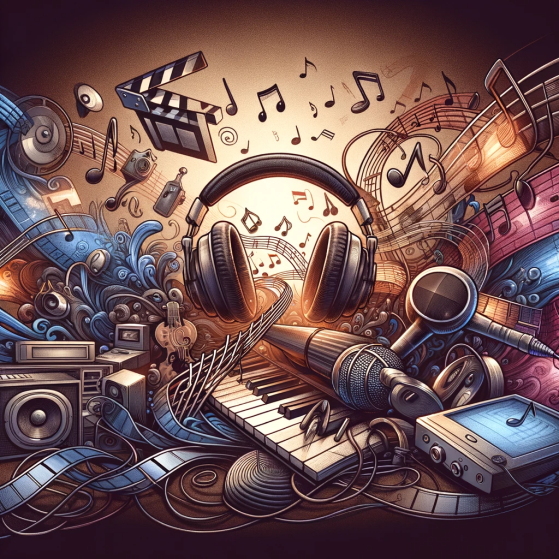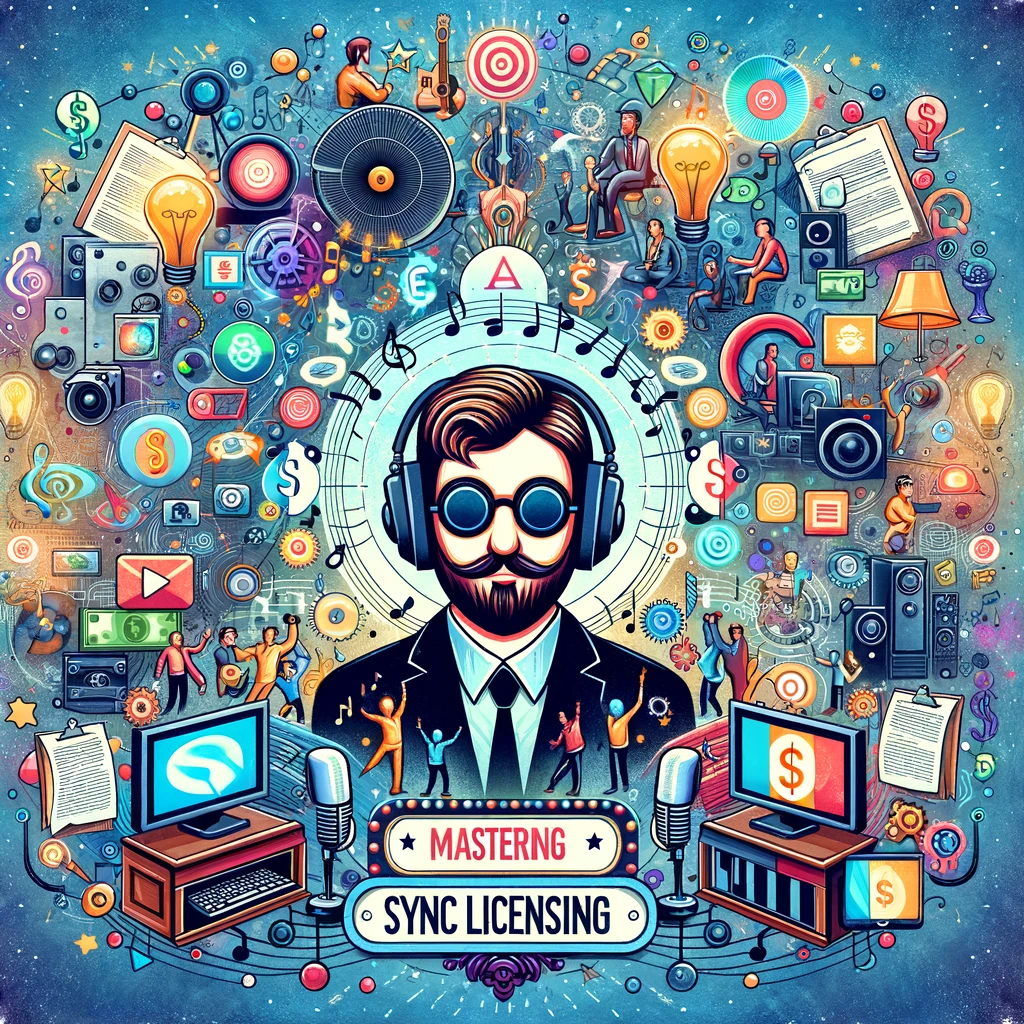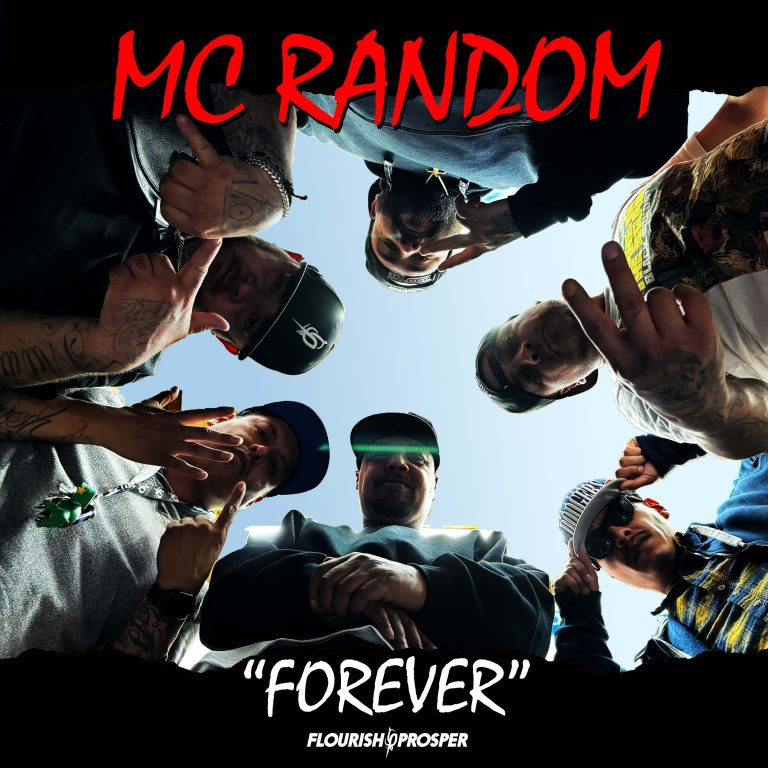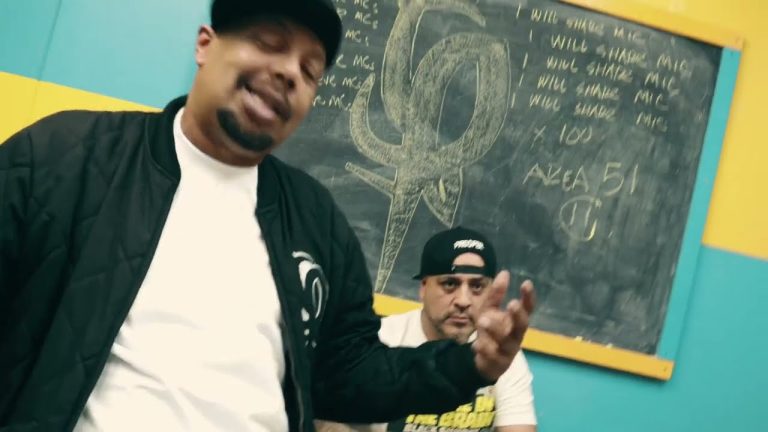Understanding the Basics of Sync Licensing
What is Sync Licensing?
Sync licensing, or synchronization licensing, is the process by which copyright holders grant permission for their music to be used in synchronization with visual media. This can comprise of films, television shows, advertisements, video games, trailers, and any other format where music is arranged with moving pictures.
The term synchronization refers to the timing of music with visual sequences, enhancing the emotional impact and overall storytelling of the scene. A sync license is an agreement between the copyright holder and the party interested in using the song, determining the terms under which the music can be used.
Components of a Sync License
A sync license primarily consists of two main components. The first component involves the rights to the actual composition of the song, known as the ‘publishing rights‘. These rights usually belong to the songwriter or their publisher.
The second component covers the rights to the specific recorded version of the song, termed as the ‘master rights’, typically held by whoever financed the recording, like a record label. Sync deals can vary widely, both in terms of financial compensation and permissions given.
Some sync licenses may allow for worldwide use across all platforms, while others may restrict usage to specific regions or platforms.
How Sync Licensing Benefits Artists
Sync licensing presents a substantial revenue stream for musicians and songwriters. Every time a song is played in a film or a TV show, the copyright owners are paid a licensing fee. This fee is negotiated based on various factors including the popularity of the song, prominence of the placement, the budget of the project, and the intended use of the music.
Beyond the financial aspect, sync licensing also provides an avenue for artists to gain exposure. Having a song featured in popular media can significantly increase the song’s reach, draw in new fans and even revitalize the interest in an older track.
Therefore, sync licensing can be a potent tool for both income and exposure for musicians in the evolving music industry.
Earning Potential from Sync Licensing in Film and TV
Understanding Revenue from Sync Licensing
Sync licensing can bring significant revenue to musicians and composers. The key lies in understanding the fees involved and how they work. There are two types of fees: synchronization fees and performance royalties.
Synchronization fees are upfront payments made by the company seeking to use a piece of music. These fees can range from a few hundred dollars to several thousand, depending on the popularity of the song and the budget of the production.

Performance royalties are recurring payments which are received each time the song is played on television. They are typically collected and distributed by Performance Rights Organizations (PROs) such as ASCAP, BMI, or SESAC in the U.S.
The size of these royalties depends on various factors, including the length and placement of the music within the program, the nature of the program, and the country in which it’s broadcast.
Factors Influencing Earnings from Sync Licensing
Several factors can significantly boost your earning potential from sync licensing. The use-case of your song plays a major role. A track used in the background at a low-key part of a show will earn less than a track used during a pivotal moment in a blockbuster movie’s plot. Similarly, the type of media also impacts earnings, with bigger-budget productions generally willing to pay more for sync rights.
Another factor is the exclusivity of the music. If a soundtrack is exclusive to a particular production, it usually commands higher sync fees.
Furthermore, popular songs from well-known artists typically have higher licensing fees compared to lesser-known songs or artists. It’s important to note that earning potential doesn’t only depend on the popularity of the song but also on the negotiation skills of the parties involved.
The Future of Earning through Sync Licensing
In recent years, there has been an increase in the number of online platforms, documentaries, video games, and indie films that use licensed music. This rise has made sync licensing a more prominent revenue stream for musicians. Additionally, the digital era makes it easier to connect directly with music supervisors, opening up more opportunities for independent artists.
However, it’s worth noting that competition is fierce in this domain. Therefore, standing out from the crowd and delivering high-quality music that fits various moods and scenes is key to success in the realm of sync licensing. With the right strategy and dedication, sync licensing can be a lucrative earning avenue for artists in the film and TV industry.
How Artists can Leverage Sync Licensing
Understanding the Power of Sync Licensing
Sync licensing is a powerful tool in the artist’s arsenal that allows them to monetize their music. This process involves acquiring permission from the artist or rights holder to sync music to visual media like film, TV shows, ads, video games, and more. For artists, it’s an opportunity to diversify revenue streams and gain exposure in mediums beyond radio and concerts.
In the world where physical album sales are declining and streaming revenues often don’t compensate for this loss, sync licensing can provide a significant income boost. The license fees paid out to artists can range greatly, depending on the prominence of the use, the popularity of the program, and the negotiating power of the artist or their representatives.

Tips for Getting Your Music Sync Licensed
Artists stand a better chance of securing sync licenses by delivering high-quality, professionally recorded music. After all, no director would want to sync a poorly produced track to their film or show. Additionally, music that is emotionally engaging, or that can enhance a scene’s atmosphere is highly sought after in the sync world.
It’s essential for artists to network and build relationships with music supervisors, who have the authority to select and place music in visual media. Attending industry events, utilizing social media, and joining online directories are all effective ways to make these connections.
Finally, artists should consider working with a sync agent or a music publishing company that specializes in sync licensing. These professionals have established relationships with music supervisors and can help negotiate fair licensing fees.
Maximizing Exposure Through Sync Licensing
Sync licensing not only offers monetary benefits but also provides a platform for extraordinary exposure. Having a song featured in a popular movie, TV show, or advertisement can rapidly increase an artist’s fan base and open up new marketing opportunities. It can also serve as a great promotional tool that can lead to more concert bookings and increase song plays on streaming platforms.
In essence, sync licensing acts as a gateway for artists to reach broader audiences and amplify their music’s impact in ways that traditional avenues may not be able to offer. Hence, artists must understand and leverage the power of sync licensing to maximize their music’s reach and income.
Legal Considerations for Sync Licensing
The Basics of Sync Licensing Law
Sync licensing involves a legal agreement between the copyright holder of a song and a third party, usually a producer or director, seeking to use the song in a multimedia project. It’s crucial to understand that there are two types of copyrights in a song; copyright for the musical composition (songwriting and publishing rights) and copyright for the sound recording (master rights).
Therefore, obtaining the sync license means getting permissions from both the songwriter or publisher and the artist or record label.
Navigating Copyright Infringement
One of the key reasons to have a proper sync license is to avoid copyright infringement. Using copyrighted music without permission can lead to severe penalties, including legal actions and hefty fines. To avoid this, before using any music, one must ensure they have the necessary permissions from the copyright owners, which may be multiple parties in some instances.
Rights and Royalties
The sync license agreement should address certain important aspects such as the scope of usage (where and how often the song can be used), term of the agreement, exclusivity, and, most importantly, the royalty terms. The royalties or fees for sync licensing can vary greatly depending on factors like the music’s prominence in the project and the project’s distribution.
Specifics about royalty payment schedules should also be clearly laid out in the agreement to prevent any future disputes.
Moreover, it’s vital to know that there are performing rights organizations (PROs) that collect performance royalties whenever the works of their members are publicly performed, including when used in TV shows and films. Therefore, even after paying for the sync license, additional royalties may still need to be paid to these PROs.

Industry Insight: Sync Licensing Success Stories
The Triumph of “Black Beatles”
A testament to sync licensing’s impact is the hip-hop duo Rae Sremmurd and their hit song “Black Beatles.” The track was used in a Mannequin Challenge video that went viral, leading to a massive increase in streams and downloads. Not only did this usage skyrocket the song to number 1 on the Billboard Hot 100 chart, but it also significantly boosted the duo’s income through licensing fees.
Gary Jules – The Overlooked Hero
Another striking example of sync licensing success is Gary Jules’ cover of Tears For Fears’ “Mad World.” Initially, the track received limited attention. However, once it featured in the cult classic film “Donnie Darko,” the song experienced a significant resurgence.
It ultimately topped the UK singles chart during Christmas 2003, and further solidified the importance of music licensing in films, evidencing how a well-placed song can generate not only recognition, but also impressive revenue.
“I’ll Be There For You” – The Friends Phenomenon
No discussion of sync licensing successes would be complete without acknowledging The Rembrandts and their single “I’ll Be There For You.” This song, which served as the theme tune for the globally popular sitcom “Friends,” earned the band an estimated $5,000 per episode, translating to about $1 million per year during the show’s original run.
Even after the show ended, the payments continued due to reruns and streaming platforms. This case exemplifies the long-term earning potential of having a song licensed to a popular TV series.




